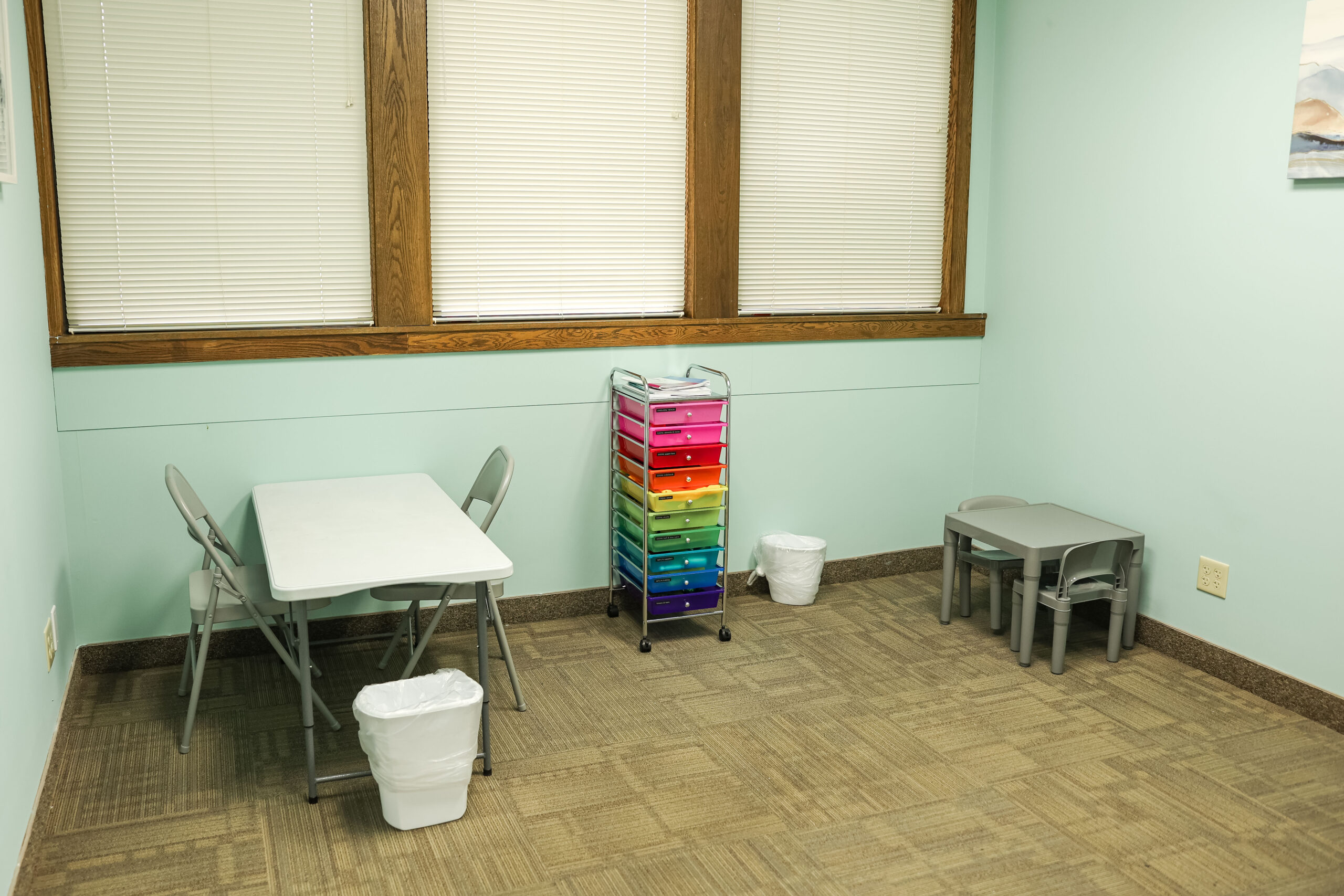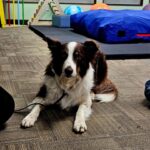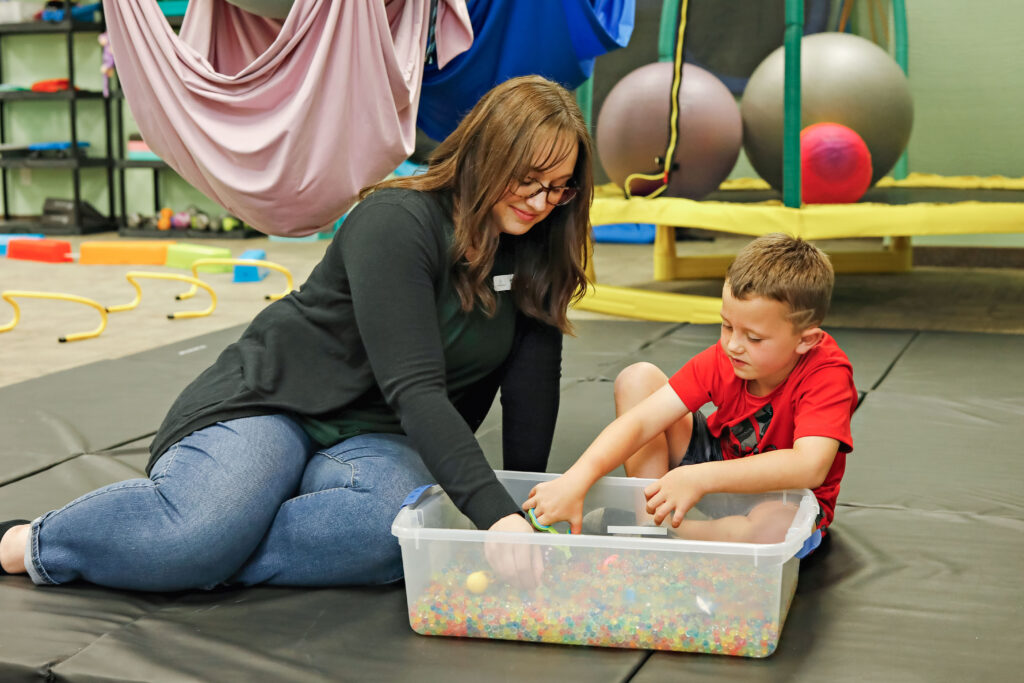
We can’t believe that it’s back to school already! We have had a lot of parents in the clinic this week coming to us with questions on how to prepare their children for the start of the school year. It’s never easy, but there are simple but effective strategies that can aid in decreasing behaviors and meltdowns for all parties involved. Below are our top 5 “tips and tricks” for a smooth transition back to school.
- Front load – this is a technique inclusive of over preparing your child for what is to come by taking your child through all the steps when they are regulated. This may look like placing a calendar in their room or in the kitchen with a sticker that says “back to school” on it. Let them know what day they are starting, who their teacher is, and what time they are getting up at. Start the weekend before their first day and remind them once every night. You can use pictures as visual aides or talk them through their first day by practicing mental imagery!
- Set a routine – routine and consistency are beneficial for everyone. Making sure to set a predictable before, during, and after school routine can allow your child to know what to expect!
- Visual schedules – this can be on a white board at home with pictures or written on a piece of copy paper. This allows children to know what comes next. For those who are “inflexible” thinkers, you can utilize the visual schedule for any change by switching out activities.
- Lower expectations – changes in routine and going to school can be stressful for children and their nervous systems. This might look like emotional outbursts, increased fatigue, and “lashing out” type behaviors. Lowering expectations and meeting your child where they are at will help them feel successful and build confidence while they transition to something new. This might look like limiting your language to simple “first then”.Lowering a 3-step directive to a 2-step directive. Having them complete 10% of the task with you completing the remaining 90% until their nervous system is regulated and they are into a routine. For example, when picking up their toys, you will clean up all but the last 2.
- Regulation is key – incorporating regulation into your child’s schedule before, during, and afterschool can prevent their nervous system from going into “fight, flight, or freeze” modes. I know it’s hard to remember but, incorporating regulation into your schedule as a parent is important to allow for positive co-regulation and modeling for your child. Below is a list of regulation tools and activities for your child to utilize before, during, and after school!
- Swinging
- Jumping
- Bubble towers
- Repetitive movement through “messy hands” activities
- Water beads
- Kinetic sand
- Slime
- Rice
- Beans
- Playdough
- Shaving cream
- Riding a bike
- Noise canceling headphones
- Fidgets (Nee Doh has some great options that are less distracting)
- Snacks (crunchy, gum, sugar free suckers, thick liquids through straws, etc.)
- Weighted lap pads (school) or weighted blankets (home)
- Chewelry (necklaces, bracelets, pencil toppers, etc.)
- Quiet corners or tents with low sound and lighting
- Blowing bubbles
- Music (metronome app set at 60-80 beats per minute or preferred calming songs)
- Bouncing a ball
- Rhythmic and repetitive craft activities (diamond dots, perler beads, coloring, etc.)







No comment yet, add your voice below!